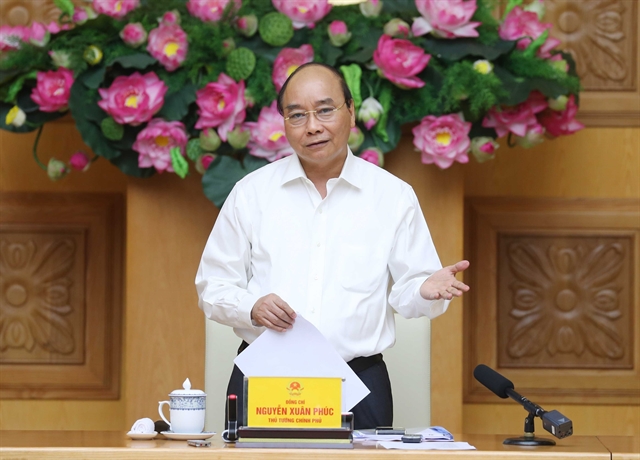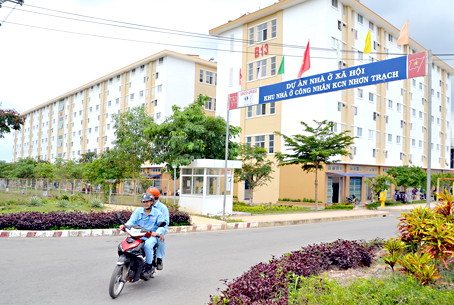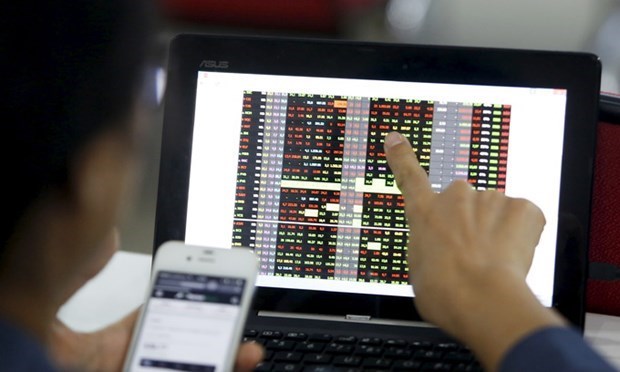
HÀ NỘI — The Ministry of Industry and Trade (MoIT) is considering allowing households to choose a common retail power price for their electricity consumption, said deputy minister Hoàng Quốc Vượng.
Vượng on Wednesday said the ministry is studying a new calculation for power prices. Accordingly, households could choose one of two ways: a common price and the current tiered pricing mechanism. However, the current six tiers would be reduced to five as it ensures all households with power consumption of less than 700 kWh (98.2 per cent of the total) would not be see increased power bills.
The study of the new calculation came about as many households were surprised with surging power bills in May and June as well as to have more choice for customers.
He said the one retail power price would be built based on the average electricity production cost of VNĐ1,864 per kWh without value-added tax (VAT).
“The ministry would review the final report next week on the issue before submitting to Prime Minister Nguyễn Xuân Phúc for approval by the end of this year,” he added.
The deputy minister said initial calculations showed that households consuming a high amount of electricity of more than 400 kWh would choose the common price. Meanwhile, those consuming less than 400 kWh, which account for 70-80 per cent of the total customers, would choose the tiered pricing mechanism.
“Each calculation has its own advantages and disadvantages. It is the reason we should have an overall calculation. With the current tiered pricing mechanism, low-income earners with power consumption of less than 300 kWh have more benefits,” he added.
He said that if customers choose the common power price option, the revenue of Việt Nam Electricity (EVN) would be reduced. However, no matter the price option, in terms of the total revenue on commercial electricity, the retail price obtained is equal to the average price to ensure the harmony of benefits.
Currently, many countries have applied the tiered pricing mechanism. Some, however, are applying a fixed retail price. For example, in Singapore, the power price for households is only 24.39 cents a kWh. However, this price is adjusted every three months to reflect changes in electricity costs.
In Germany, the electricity price is not regulated by the State but by each company. The price difference among power distribution companies is not large. In addition to the electricity bills, people have to pay an extra 100 euros each year for electricity and other services.
Similarly, in New Zealand there are about 20 power supply units. Electricity prices are not calculated according to the tiered pricing mechanism but agreement between customers and companies. Electricity tariffs usually include price per kWh along with daily management fees and other costs.
The surge in power bills in the past two months has surprised customers. Of which, the calculation of the current six tiers in power prices has been one of reasons contributing to the surge.
The MoIT planned to collect opinions on the reduction from current six to five tiers in power pricing mechanism. However, it asked to postpone the revision to the end of this year due to COVID-19. — VNS































